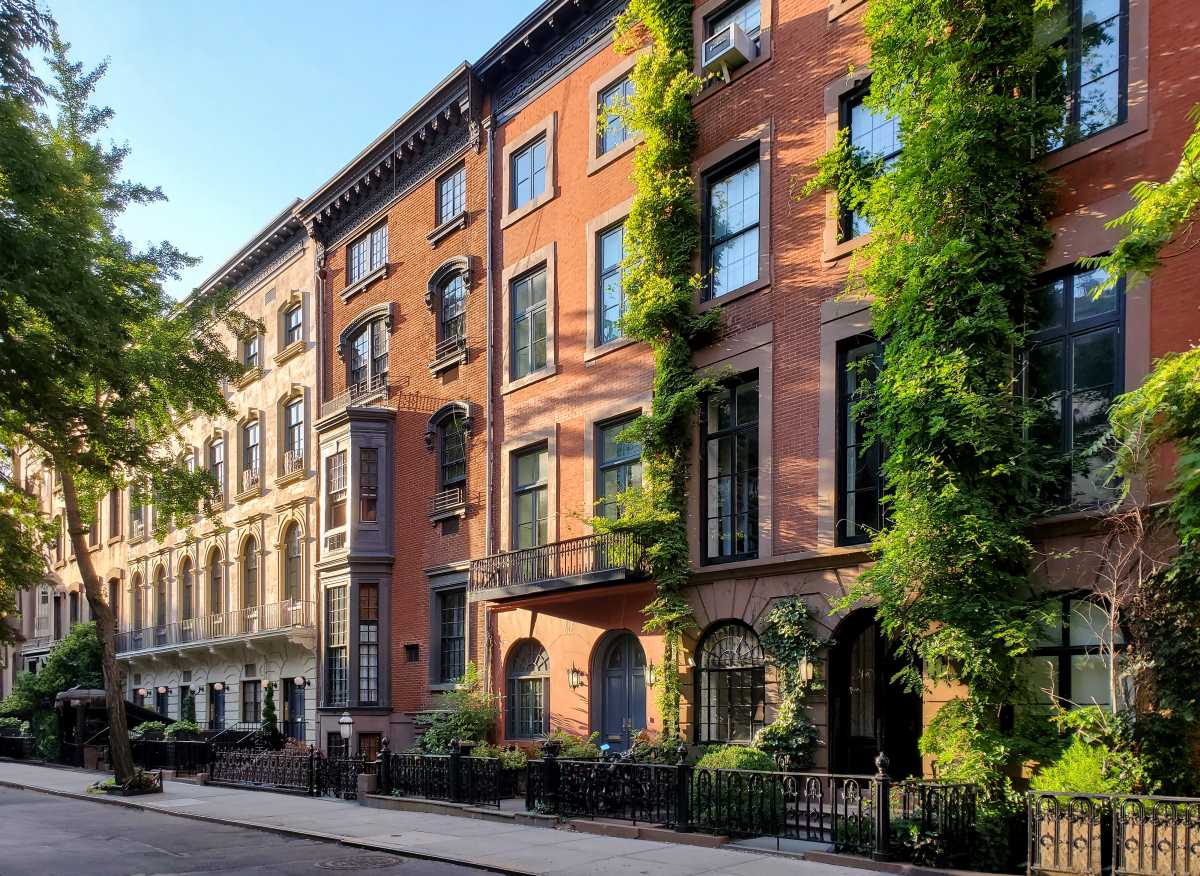We don’t know the full story in the latest police killing of an unarmed African-American — this one in Arlington, Texas — and the firing of the white police trainee who fatally shot him.
“It doesn’t ring true,” said a former top NYPD official. “There has to be something more for them to fire him. Either they have another piece of information they haven’t released, or they are bowing to political or politically correct pressure.”
Arlington police fired Officer Brad Miller, a 49-year-old trainee who fatally shot 18-year-old Christian Taylor in an auto dealership late at night. As a trainee, Miller cannot appeal the dismissal. A similar policy exists in the NYPD. Cops out of the academy are on probation for 18 months before they qualify for a departmental trial and union protection.
But stories describing Taylor merely as an “unarmed African-American,” as many did, tell only part of the story. He is on video trashing cars at the dealership, then driving a car parked outside through the dealer’s window, actions that prompted the call to police.
Downplaying those facts fuels the narrative begun last year after the apparent chokehold death of Eric Garner in Staten Island while in NYPD custody and the fatal police shooting of Michael Brown in Ferguson, Missouri. The story line is that police are killing unarmed African-Americans without cause or reason — and that black lives don’t matter.
The stories are tragic, but similar downplaying continued in stories last week about protests on the anniversary of Brown’s death in Ferguson. Police shot Tyrone Harris Jr., 18, who police said fired at them and who is on video with a gun that police said was stolen.
One story about Brown’s shooting referred to him as “black and unarmed” when he was shot by Darren Wilson, a white officer. A story about the Harris shooting described Brown as “an unarmed teenager who was killed by a white police officer in Ferguson.”
Both are accurate. But what about the rest of the narrative? Brown was on videotape robbing a store before he was shot, and a Justice Department report backed Wilson’s story that Brown tried to grab his gun.
There was a different dynamic in Garner’s case. He resisted arrest over the minor offense of selling loose cigarettes. The incident was taped, and there’s little dispute over what happened. Hence the chant, “Black Lives Matter.”

































